Roadmap for Answer Writing Introduction Define APMCs Briefly explain Agricultural Produce Market Committees (APMCs) and their purpose in regulating agricultural markets under state acts. Thesis Statement Introduce the viewpoint that APMCs may hinder agricultural development and contribute to food inflation, setting the stage for a ...
Model Answer Introduction Indian agriculture is excessively dependent on monsoons, with only 35% of the total area under cultivation being irrigated as of 2010, according to the World Bank. This heavy reliance on monsoon rains, coupled with fluctuations and natural calamities such as droughts, floodRead more
Model Answer
Introduction
Indian agriculture is excessively dependent on monsoons, with only 35% of the total area under cultivation being irrigated as of 2010, according to the World Bank. This heavy reliance on monsoon rains, coupled with fluctuations and natural calamities such as droughts, floods, and hailstorms, has severely impacted farmers’ livelihoods. Even in years of abundant production, farmers often face price volatility, making crop insurance essential for stabilizing their income and production.
Need for Crop Insurance
- Protection Against Crop Failure: Crop insurance safeguards farmers from losses due to crop failures, ensuring stability in their income.
- Yield Protection: It provides coverage against reduced production and post-harvest losses, helping farmers recover from adverse conditions.
- Revenue Protection: The insurance offers a safety net against price fluctuations, guaranteeing a minimum assured income during bumper harvests when prices may crash.
- Reduced Government Expenditure: By minimizing the need for reactive relief measures during natural calamities, crop insurance serves as a proactive financial tool.
- Encouragement of Investment: With reduced risk, farmers are more likely to invest in innovative agricultural practices, enhancing productivity.
Recognizing these needs, the government introduced the Pradhan Mantri Fasal Bima Yojana (PMFBY) to replace the outdated National Agriculture Insurance Scheme (NAIS) and Modified National Agricultural Insurance Scheme (MNIAS), aiming to cover 47% of farmers within a year.
Salient Features of PMFBY
- Comprehensive Coverage: PMFBY covers Rabi, Kharif, and horticultural crops, including protection against various natural calamities and post-harvest losses.
- Affordable Premium Rates: The scheme offers a uniform premium rate of 2% for Kharif crops, 1.5% for Rabi crops, and 5% for commercial and horticultural crops, with the government subsidizing the remaining amount.
- Technological Integration: The use of remote sensing, smartphones, and drones facilitates quick assessment of crop losses.
- Area Approach Implementation: The scheme is executed on an area basis, focusing on homogenous crop cultivation and risk assessment at the village level.
- Optional Enrollment: Since 2020, enrollment in the scheme has been made optional for all farmers, moving away from the previous mandatory requirement for loanee farmers.
Conclusion
The increasing frequency of climate-induced extreme weather events and market fluctuations has heightened the distress among farmers, underscoring the urgent need for effective crop insurance. The PMFBY represents a significant step towards safeguarding farmers’ interests and promoting sustainable agricultural practices in India.
See less
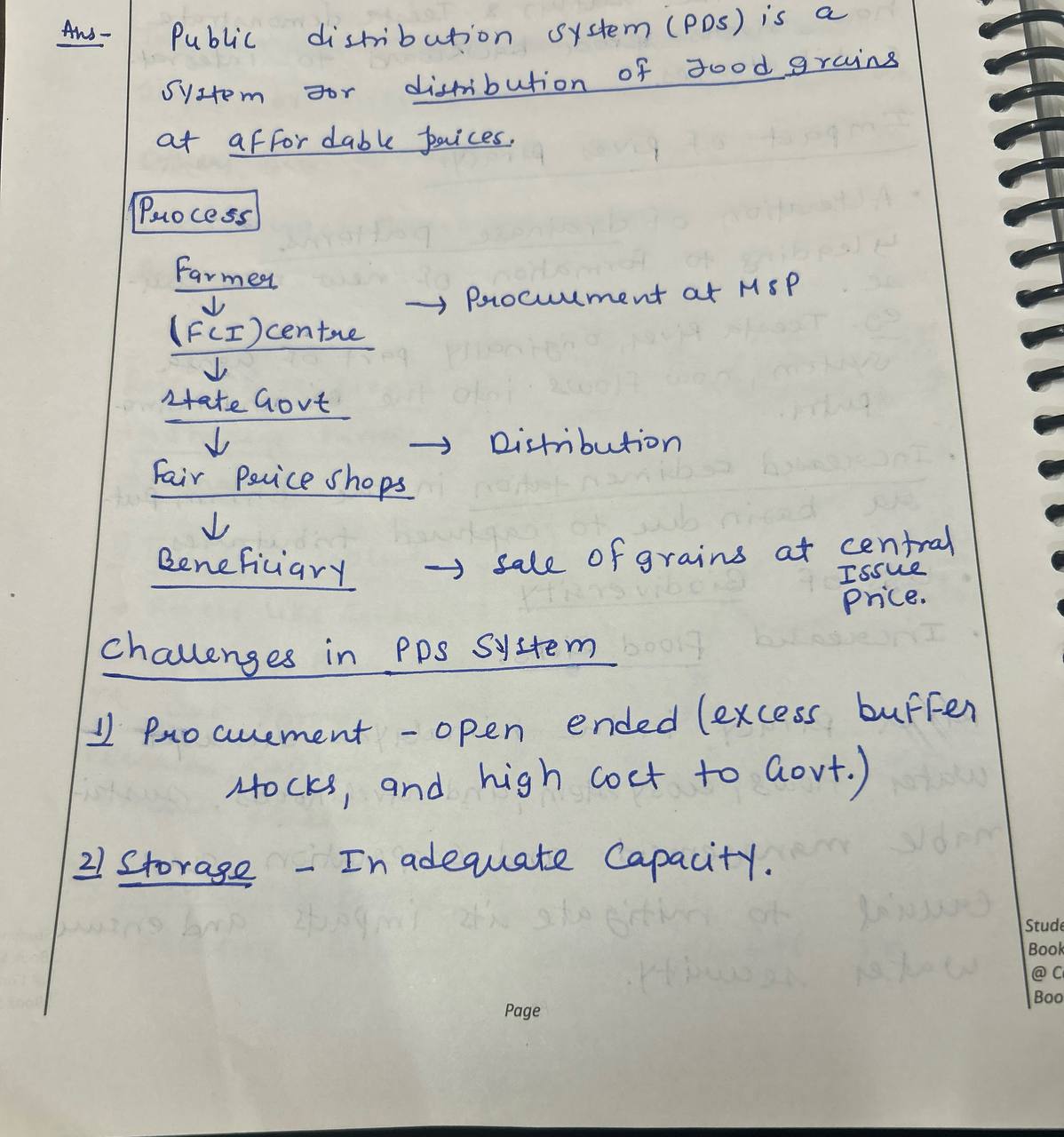
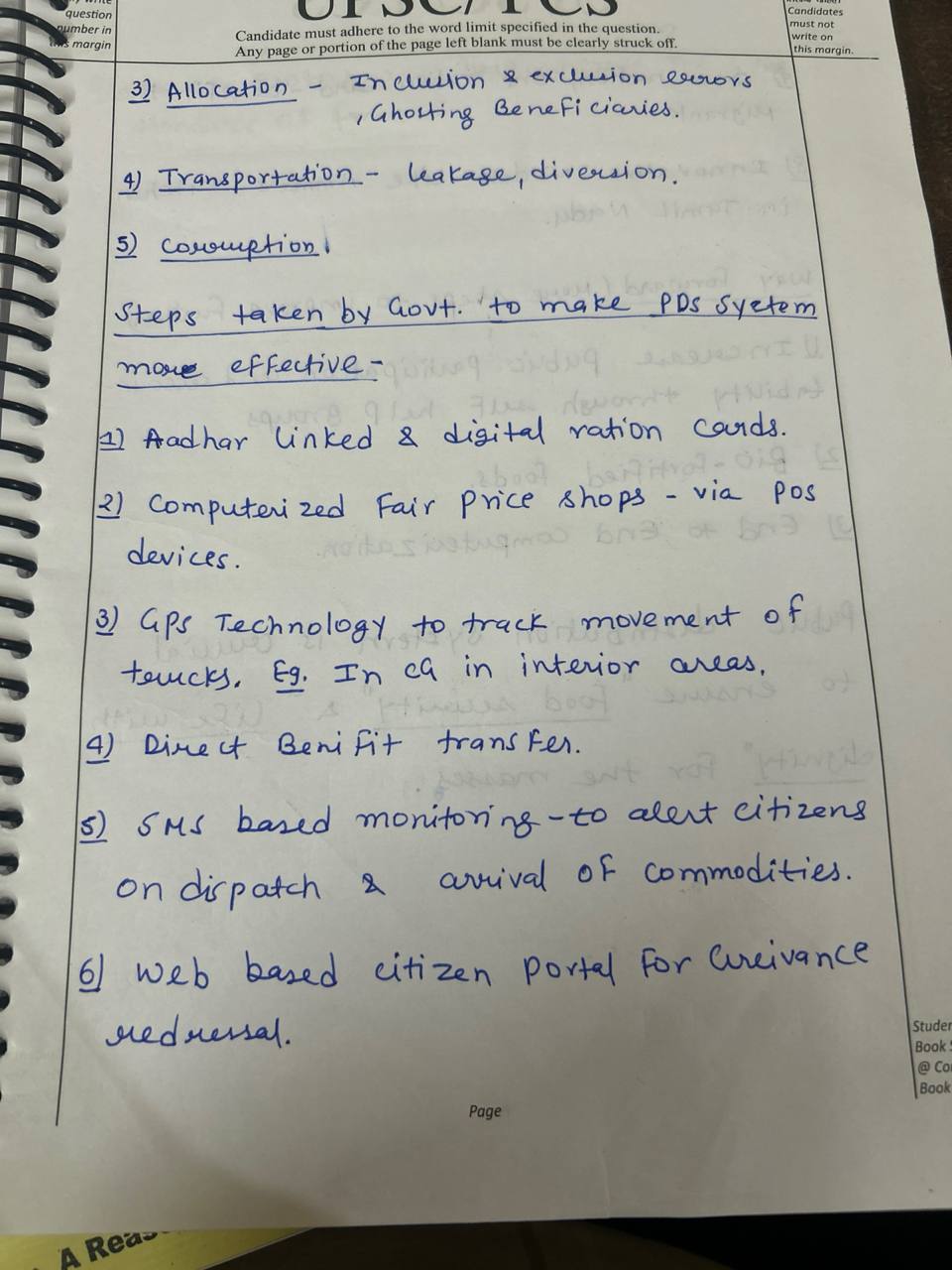
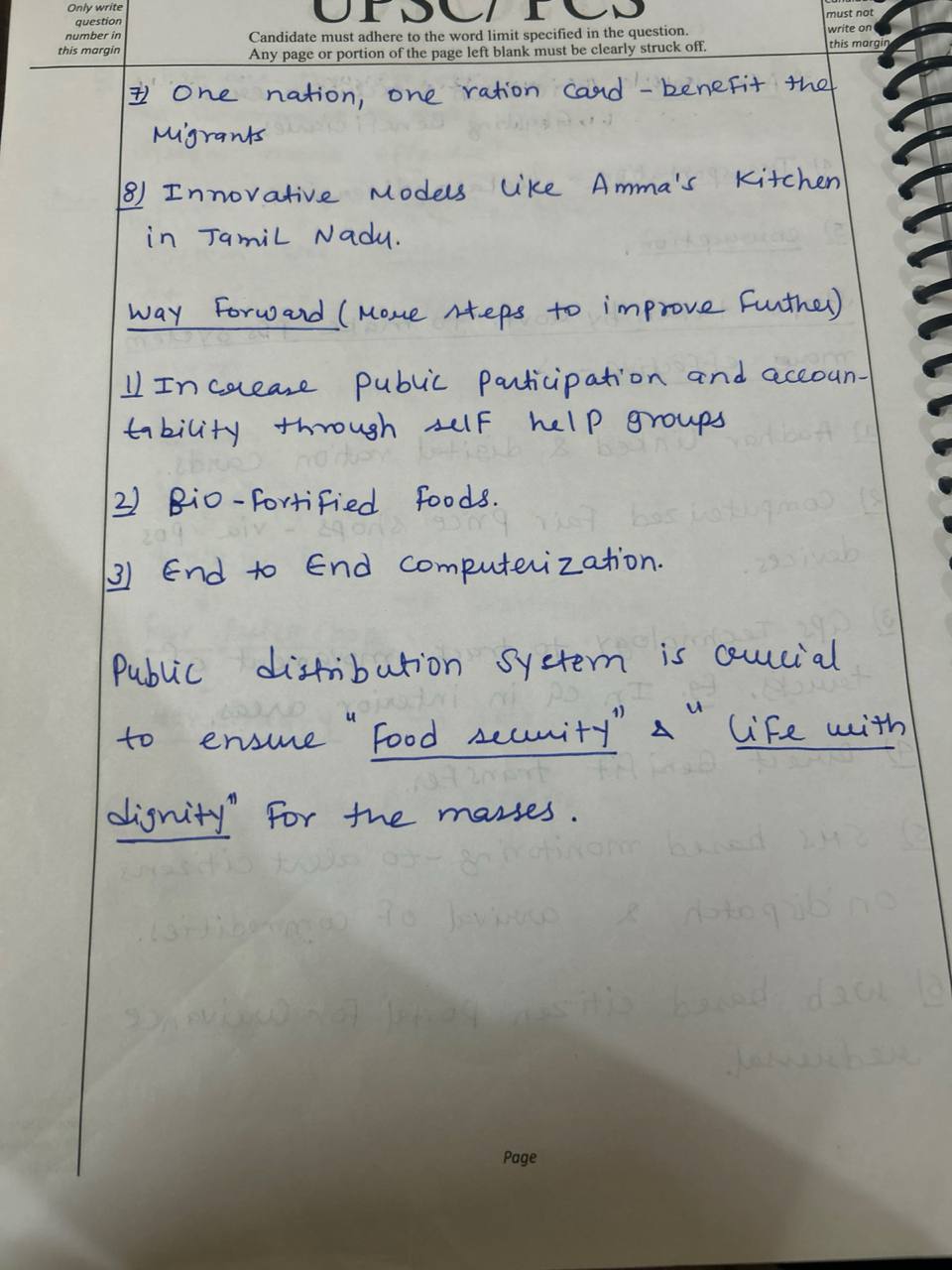
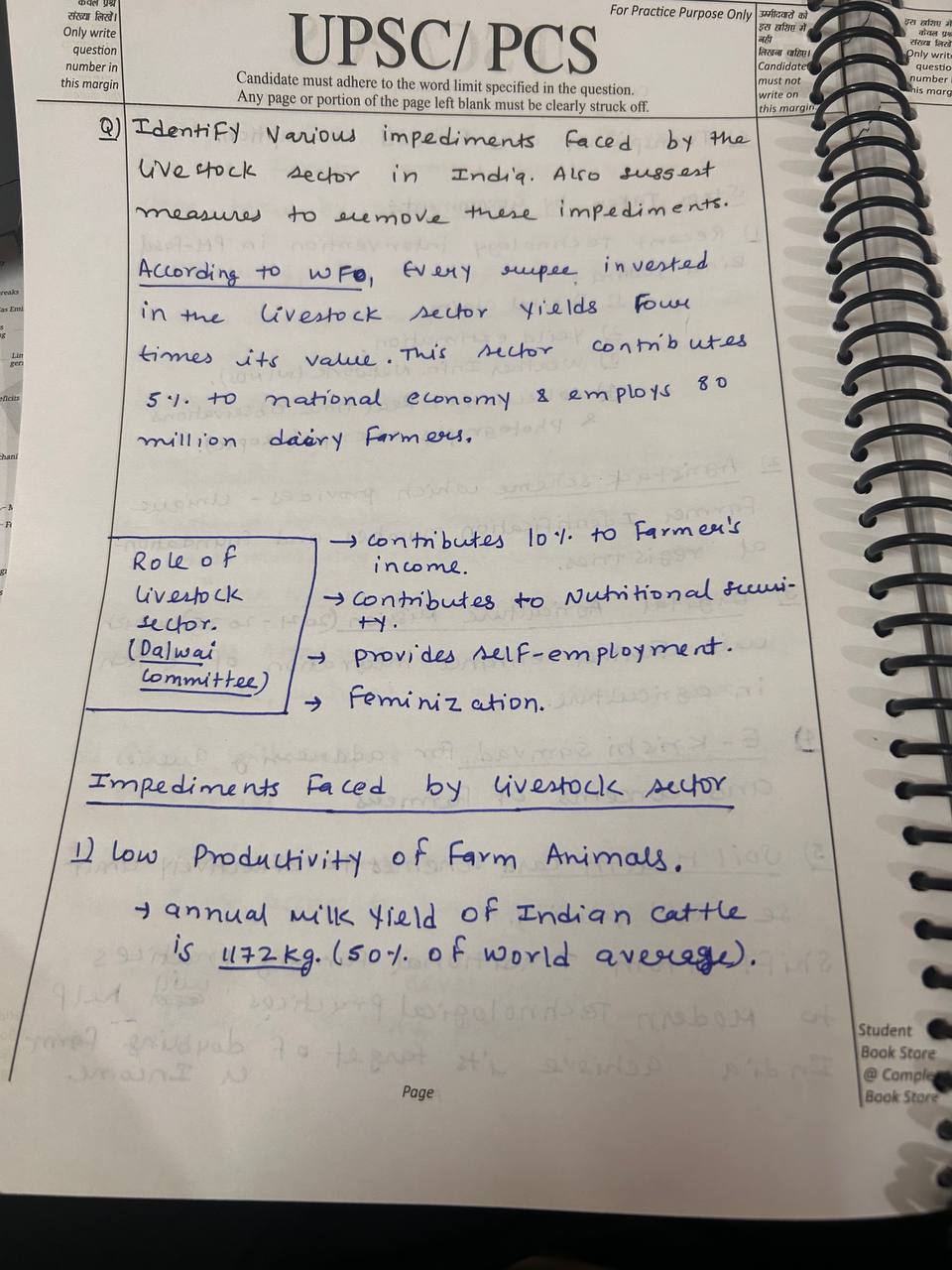
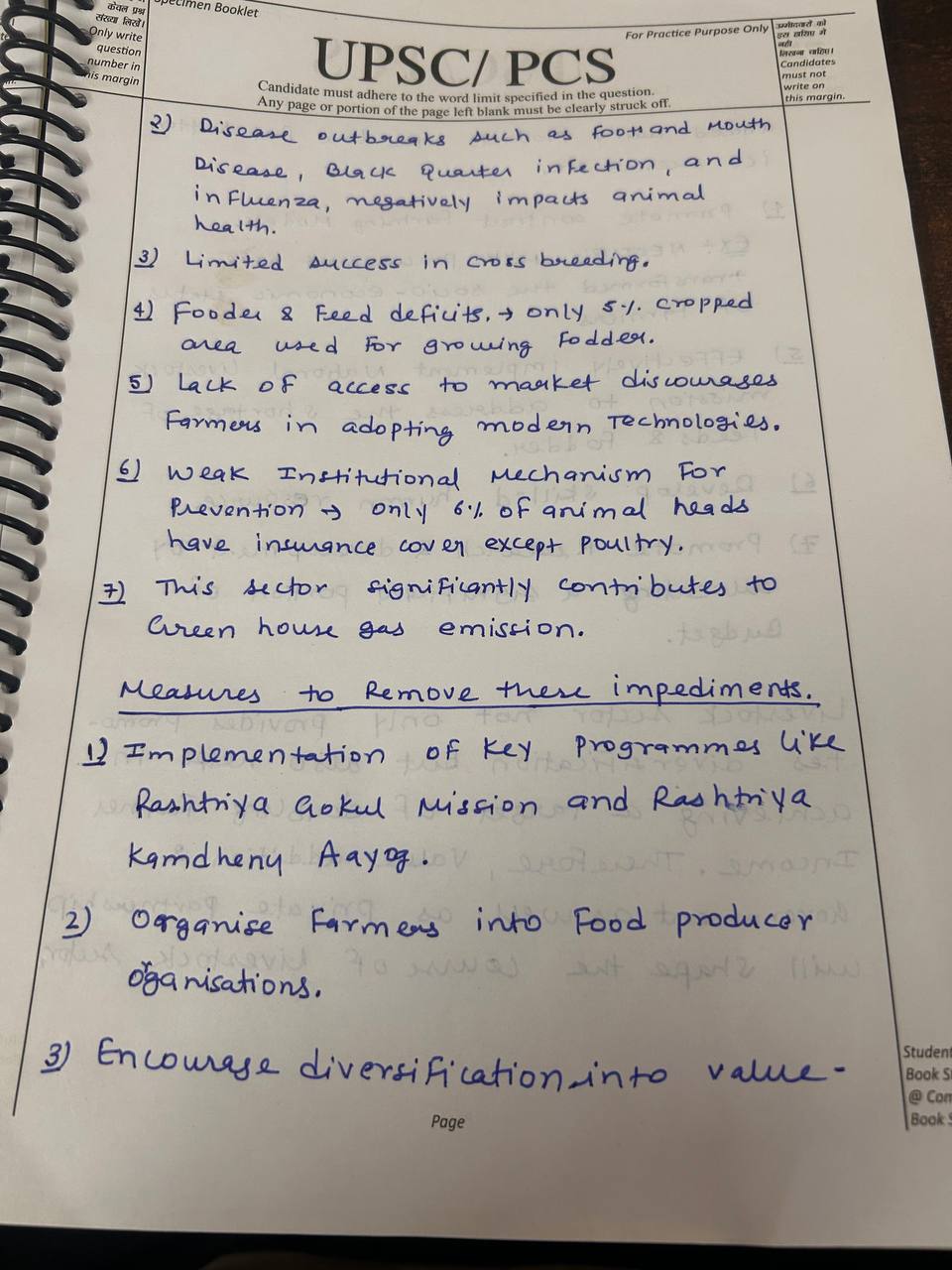
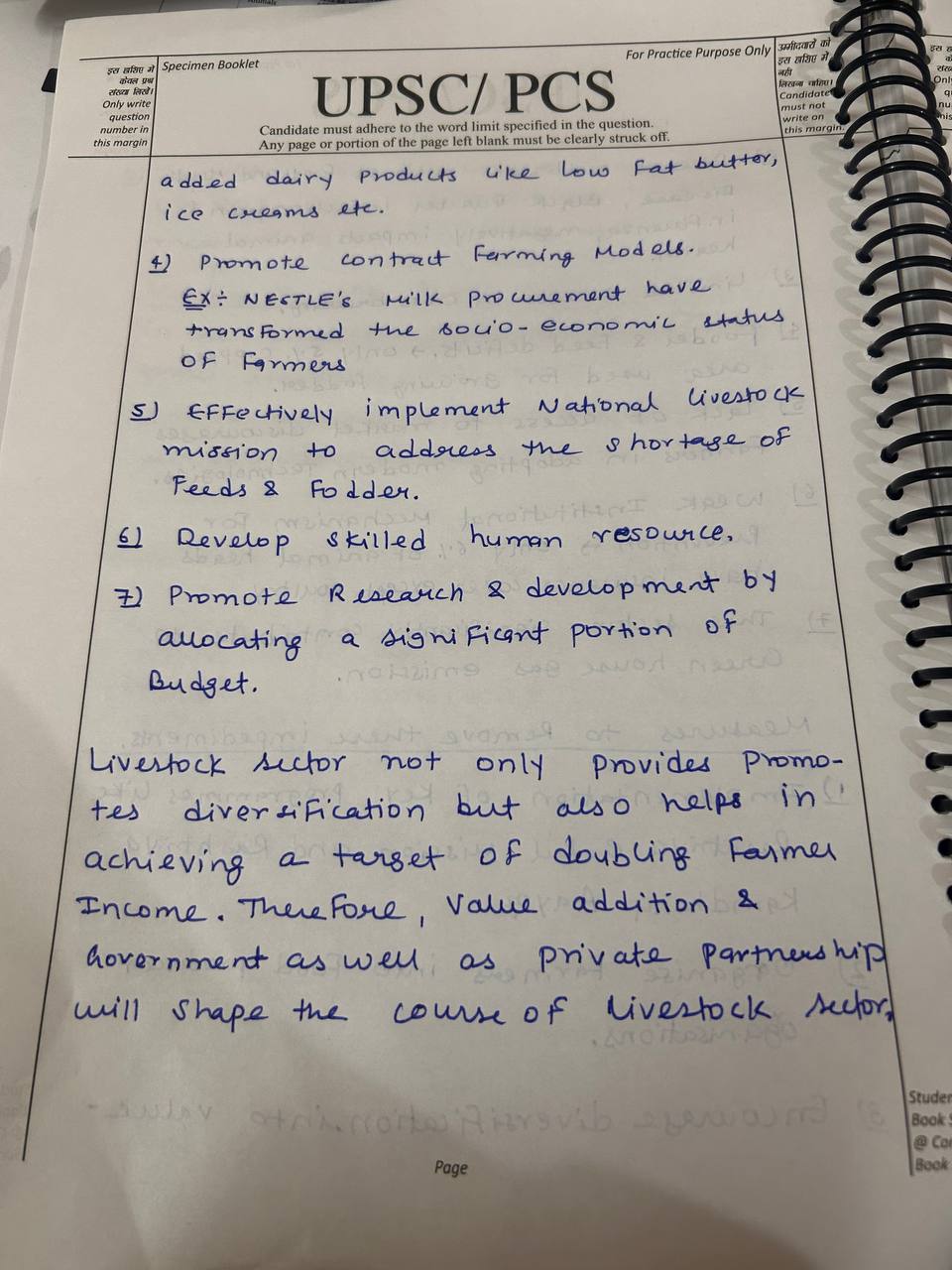
Model Answer Introduction Agricultural Produce Market Committees (APMCs) were established under state acts in the 1950s to enhance transparency and eliminate trader discretion in agricultural markets. These committees regulate the sale of notified agricultural products, which vary by state and typicRead more
Model Answer
Introduction
Agricultural Produce Market Committees (APMCs) were established under state acts in the 1950s to enhance transparency and eliminate trader discretion in agricultural markets. These committees regulate the sale of notified agricultural products, which vary by state and typically include essential cereals and vegetables. However, there is a growing perception that APMCs have impeded agricultural development and contributed to food inflation in India.
Body
Monopoly and Cartelization
APMCs often create a monopoly that restricts farmers’ access to better customers, thereby reducing their profitability. Agents within APMCs frequently form cartels, manipulating prices by restraining competitive bidding. This leads to produce being sold at artificially low prices, while hoarding by agents exacerbates food inflation, particularly for perishable goods, which farmers cannot store or bargain over effectively.
Entry Barriers and Costs
The high license fees and additional costs such as commissions, marketing fees, and APMC cess further burden farmers. These financial barriers not only hinder agricultural growth but also increase the risk of food inflation by raising the overall cost of produce.
Conflict of Interest
APMCs operate with a dual role as both regulators and market participants, which creates a conflict of interest. This duality undermines their regulatory function, allowing vested interests to manipulate market conditions to their advantage.
Other Manipulations
Agents often engage in practices that disadvantage farmers, such as withholding payment slips or blocking payments for dubious reasons. This lack of transparency hampers farmers’ ability to secure loans and invest in future crops, leading to stagnation in agricultural productivity.
Conclusion
While the central government introduced the Model APMC Act in 2003 to address these issues, its implementation has been inconsistent across states. Some states, like Bihar and Delhi, have abolished APMCs, but this has not significantly improved agricultural conditions or reduced food inflation. The challenges of food inflation stem from a combination of structural issues, including inadequate supply chains and high wastage, with APMCs being a contributing factor that requires reform.
See less